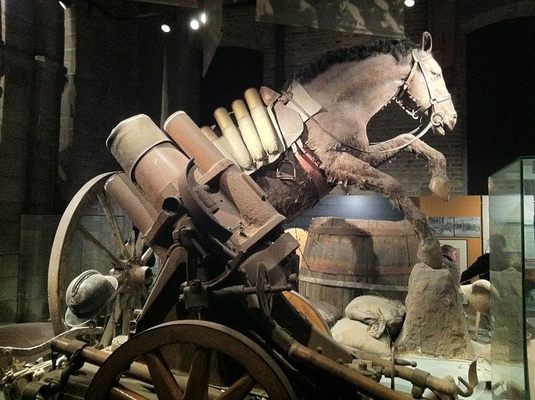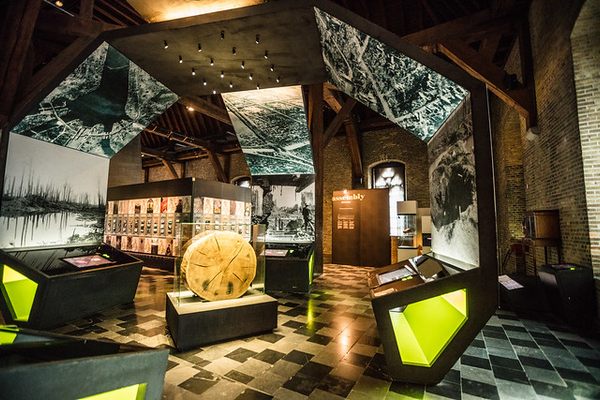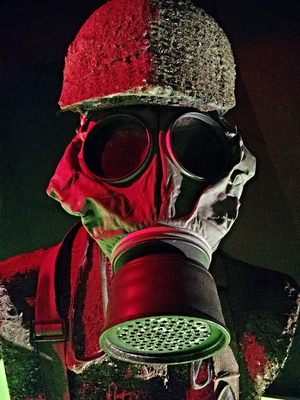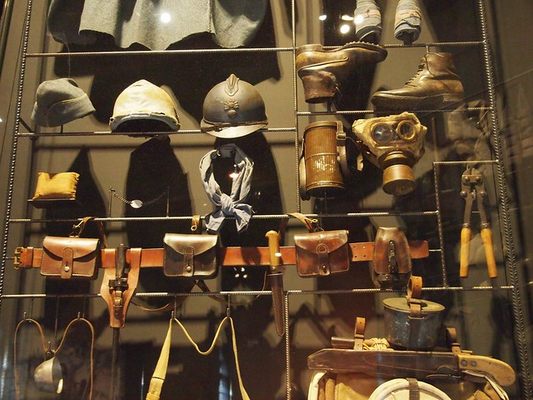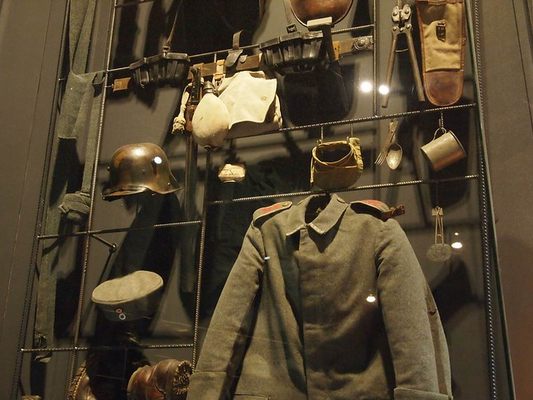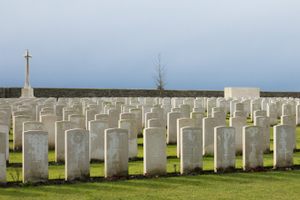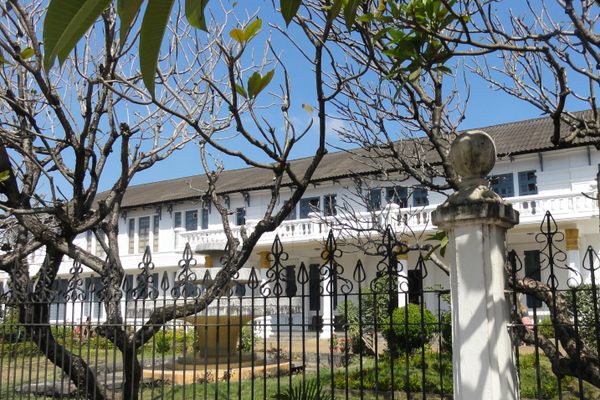About
The In Flanders Field Museum is located in Ypres not far from some of the bloodiest battlefields of the First World War. Its exhibits chronicle the chilling history of one of the deadliest conflicts of human history. In Belgium alone, 600,000 people died during WWI.
Formerly called the Ypres Salient Memorial Museum, the refurbished, interactive museum aims to educate the public about the horrors of war. Upon entering, visitors are given a wristband with the name of an individual soldier who fought at Flanders Field, one of the major battlefields of the Western Front. These wristbands can be scanned on the display screens to find out about the battles the individual fought in, the terrifying conditions they would have suffered in the trenches, and the story of their lives. Several projections of grainy footage of the war are played on screens throughout the galleries, and there are also many audio recordings available to listen to.
Thousands of artifacts are displayed that belonged to the conscripted soldiers forced to slaughter one another in trench warfare. There is heavy-duty weaponry like machine guns such as the British Vickers, French Chauchat, and German Madsen, which would have mowed down hundreds or even thousands of troops as they advanced toward enemy trenches. A lethal array of sidearms can be also seen, such as German Mauser rifles, Luger pistols, British Lee Enfield rifles, Mills bomb grenades, American Browning shotguns, and French Lance-Flammes flamethrowers.
There are also examples of the vicious close-quarter, hand-to-hand combat weapons like bayonets, nail-studded trench clubs, trench knives, and bladed knuckle dusters that would have been used to bludgeon, stab, and pulverize the enemy during the storming of trenches. But perhaps the most sinister and unsettling weapons here are the field guns that fired the shells that obliterated the bodies and minds of soldiers, and the empty canisters that delivered chemical weapons such as mustard and chlorine gas that caused slow and painful deaths. Large-scale chemical weapons were used for the first time in history in the battle of Ypres.
War paraphernalia such as the uniforms and fatigues, battered helmets, and the hauntingly inhuman gasmasks of the soldiers are also found on display, as well as battalion and national flags that once fluttered over trenches. Espionage and communication equipment can also be seen, from wirecutters for clearing pathways through barbed wire to infiltrate trenches, to field telephones, carrier pigeon message capsules, and listening devices.
But this museum does not only chronicle violence. Many of the displays show the role that the doctors and nurses played in attempting to save the lives of soldiers, and the psychiatry pioneers who endeavored to restore the shellshocked survivors' mental health. A number of artifacts showcase medical instruments for treating war wounds, and original psychiatry documents record the treatment of war veterans suffering from what we now know to be the condition of post-traumatic stress disorder. This poignant museum is a must-see stop for anyone visiting this area of Belgium who wants to better understand the tragic history of the First World War.
Related Tags
Know Before You Go
The museum is open 10 a.m. to 6 p.m. Monday through Sunday. The entrance fee is 10 euro. The exhibit info boards are in Dutch, French, English and German. The videos in the museum are subtitled in English
Community Contributors
Added By
Published
July 19, 2019

